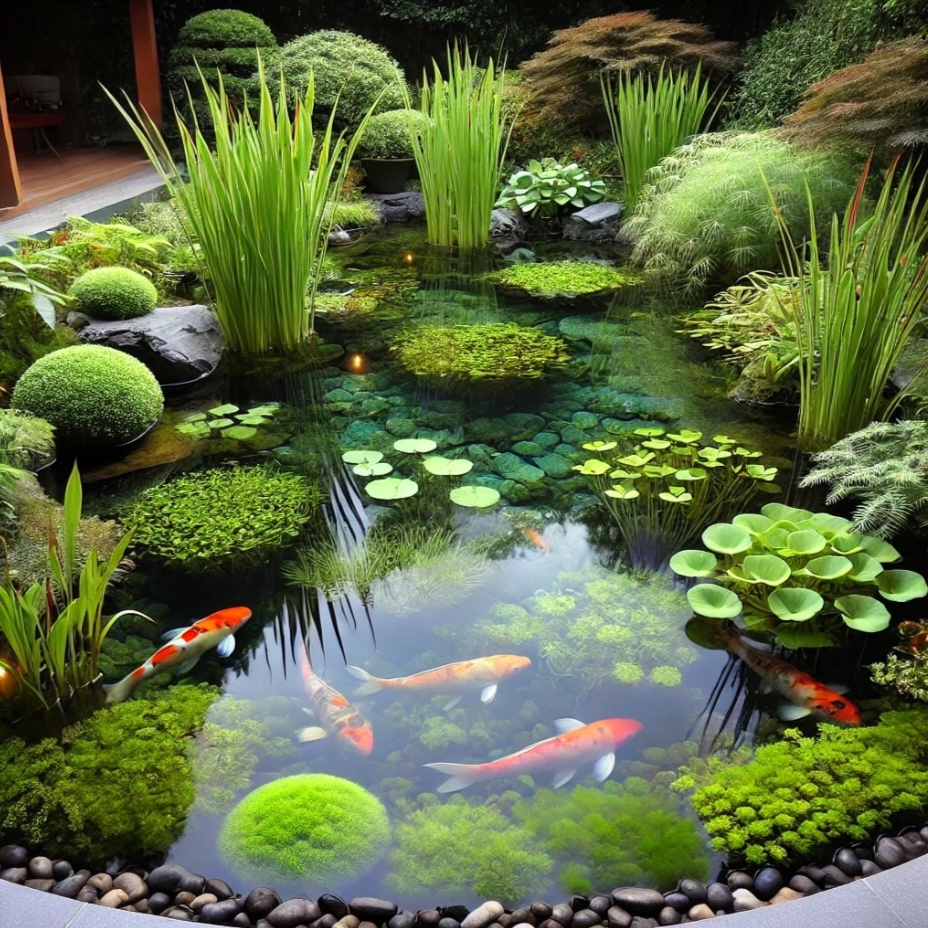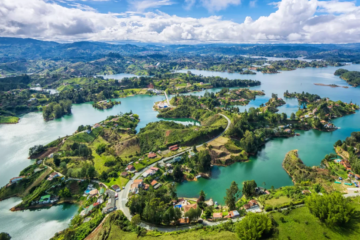Maintaining clear water is essential for the health and beauty of a pond. Choosing the right pond filter is one of the most effective ways to achieve this, as filters help control algae, reduce debris, and promote a balanced ecosystem. With so many options available, here’s a guide to selecting the best pond filter for crystal-clear water.
1. Understanding Pond Filtration Basics
Effective pond filtration typically involves both mechanical and biological processes. Mechanical filtration removes debris like leaves and sludge, while biological filtration supports beneficial bacteria that break down waste. A well-functioning filtration system incorporates both to keep water clean and reduce harmful compounds.
When choosing a filter, consider factors like pond size, fish population, and specific needs. Smaller ponds with few fish may do well with simpler systems, while larger koi ponds often benefit from advanced multi-stage filters like drum filters. Explore our Pond Filters page to find options suited to various pond types and sizes.
2. Drum Filters: Advanced Filtration for Large Ponds
Drum filters are an excellent option for large ponds or ponds with koi, as they offer a high level of mechanical filtration with minimal maintenance. These filters work by trapping debris on a rotating drum, which then automatically cleans itself, making it ideal for koi ponds where waste levels are higher. Drum filters are effective in managing high water volumes, and their automated cleaning system saves time and effort.
Consider our Drum Filters for a powerful and low-maintenance option, especially if your pond hosts a large fish population. While drum filters come at a higher cost, they provide top-tier performance for those who prioritise convenience and water quality.
3. Pressure Filters: Compact and Efficient for Mid-Sized Ponds
Pressure filters are a popular choice for mid-sized ponds and are particularly well-suited for ponds with waterfalls or fountains, as they can push water through the system under pressure. This type of filter combines mechanical and biological filtration, and many models come with UV clarifiers to control algae growth.
Pressure Filters are compact, easy to install, and require minimal maintenance. These filters are ideal for those seeking an effective yet space-saving solution. They are versatile and perform well in ponds with moderate fish populations, helping maintain a clear, balanced ecosystem.
4. Bead Filters: Ideal for High Stocked Ponds
For heavily stocked ponds or ponds with koi, bead filters are a solid option. Bead filters use plastic beads that support beneficial bacteria growth, offering a high level of biological filtration. These beads also trap debris, making the filter effective at both waste breakdown and water clarification. The compact design of bead filters makes them easy to place in smaller spaces without sacrificing efficiency.
Explore our K+ Advanced Bead Filters for high-performance filtration that’s ideal for fish-heavy ponds. While bead filters require regular backwashing, their efficiency in waste removal makes them a great choice for dedicated pond enthusiasts.
5. Flow-Through Filters: Simple and Budget-Friendly
Flow-through filters, or box filters, are an economical and straightforward option, suitable for smaller ponds with minimal fish or plant life. These filters work by allowing water to flow through media that captures debris and supports beneficial bacteria. Although they require more manual cleaning, flow-through filters are budget-friendly and can be a great starting option for new pond owners.
For an affordable and efficient solution, consider our Evolution Aqua Nexus Filter Guide. This guide provides insights into choosing and using a flow-through system effectively. Flow-through filters can handle a modest load and help maintain clear water without the complexity of larger systems.
6. UV Clarifiers: Enhance Filtration with Algae Control
UV clarifiers are not filters on their own but can be used alongside existing filtration systems to enhance water clarity by controlling algae. A UV clarifier passes water over a UV bulb, which kills free-floating algae, thus preventing green water. When combined with a mechanical or biological filter, a UV clarifier can be especially effective in keeping the pond crystal clear.
7. Choosing the Right Filter System for Your Needs
Selecting the right filter system depends on several factors, including pond size, fish load, and maintenance preferences. For new pond owners, flow-through filters or pressure filters provide easy-to-manage options with reliable results. However, those with large koi ponds or high fish stocks will benefit more from advanced options like drum or bead filters.
To learn more about each type and how it can fit into your pond maintenance plan, visit our Pond Maintenance Services page. Understanding the filtration system that best suits your pond’s unique needs will make maintaining crystal-clear water much easier.
Final Thoughts
A well-maintained filter system is essential for a clear and healthy pond. By choosing the right filter type and combining it with regular cleaning and water care, you can enjoy a beautiful, balanced pond with minimal effort. Whether you’re just starting or looking to upgrade, investing in the proper filtration will make all the difference in maintaining a pristine water feature.




